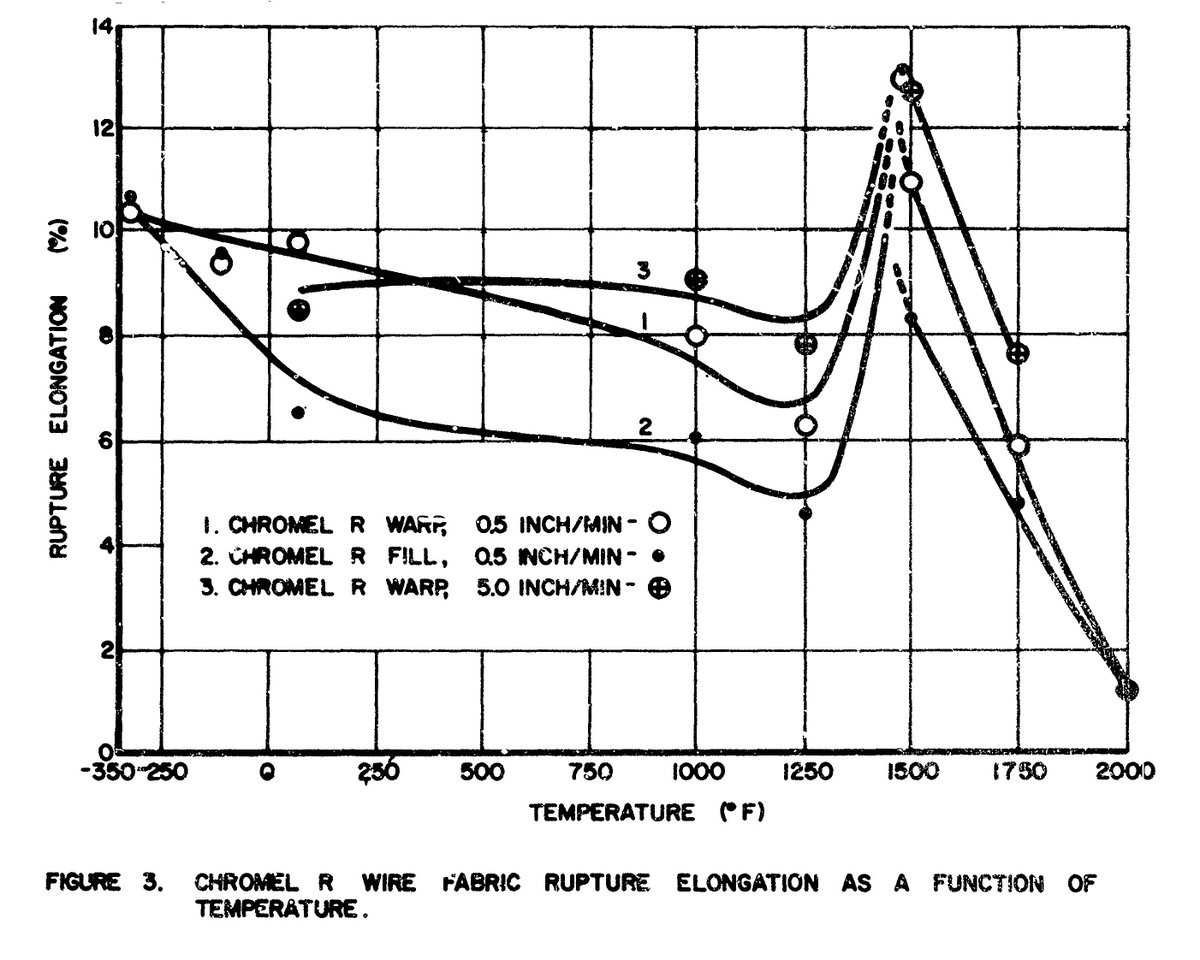In space.
Alone.
In the dark.
No one could hear him.
His heart raced at 180 beats per minute.
His breathing labored.
His skin so flushed that he looked sunburnt...
@AFResearchLab @pilliarscreatio

Trying to test the @AFResearchLab Air Force's Astronaut Maneuvering Unit (AMU), the first "jet pack" in space. Thanks to overconfidence, ignorance, & bad luck it ended up as the biggest missed opportunity of the Gemini program.
This is its story.

The Air Force @AFResearchLab explored spaceflight techs throughout the 1950s, only to have Ike hand over initial human spaceflight responsibility to the nascent NASA in 1958. Still, AF saw a role for military men in space, tho the rationale often changed.

SciFi long had space jet packs, but we start in '59.
The cast:
-Air Force Aero Propulsion Lab (AFAPL) & Flight Accessories Lab @AFResearchLab @WrightPattAFB (pic)
-Aerospace company Ling-Temco-Vought (LTV, orig. Chance Vought)






















